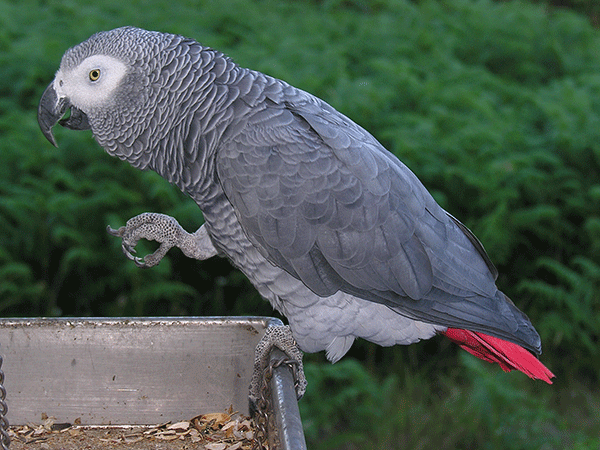by Sarah Halfpenny
Next time you have a coffee catch up with your friends, instead of talking about the weather, wow them with these fabulous facts about animals and the incredible diversity and complexity of life on earth!
-
Parrots
The African grey parrot has been shown to have a remarkable ability to use language and understand concepts such as counting and basic maths. In 2020, five African grey parrots at the Lincolnshire Wildlife Park in the UK were removed from public display after they started swearing at visitors and then laughing with each other.
-
Bulls
The idea that the colour red makes bulls angry and aggressive is actually a myth. Bulls are colour-blind to red and can’t see it at all. When a matador waves a red cape in front of the bull, it charges not because of the colour of the cape, but because of the movement.
-
Goats
Goats have pupils that are rectangular or horizontally elongated, which gives them a wider field of vision and allows them to see more of their surroundings without moving their head. This pupil shape also helps them see better in low-light conditions, which is useful in their natural habitat. While humans are able to see a wider range of colours and have better depth perception, goats have superior peripheral vision and can detect motion more effectively thanks to their unique pupils.
-
Cats
Our feline friends have a special collarbone, or clavicle, that is not connected to any other bones in their body! Unlike humans and other animals, cats have a free-floating collarbone that is only attached to their shoulder blades by muscles. This lack of a fixed connection allows cats to be incredibly flexible and agile, and helps them to easily squeeze through tight spaces and make sudden turns while running and jumping.
-
Jellyfish
There’s a species of jellyfish called Turritopsis dohrnii, also known as the “immortal jellyfish” that is capable of reverting back to its juvenile state after reaching maturity. This means that the jellyfish is potentially biologically immortal, as it can continue to cycle between maturity and youth indefinitely. This process is called transdifferentiation, where the jellyfish transforms its mature cells into immature cells, and then grows into a polyp (the juvenile form of a jellyfish) once again. However, the jellyfish still faces numerous threats in its natural habitat, including predators, pollution, overfishing, and habitat destruction.




